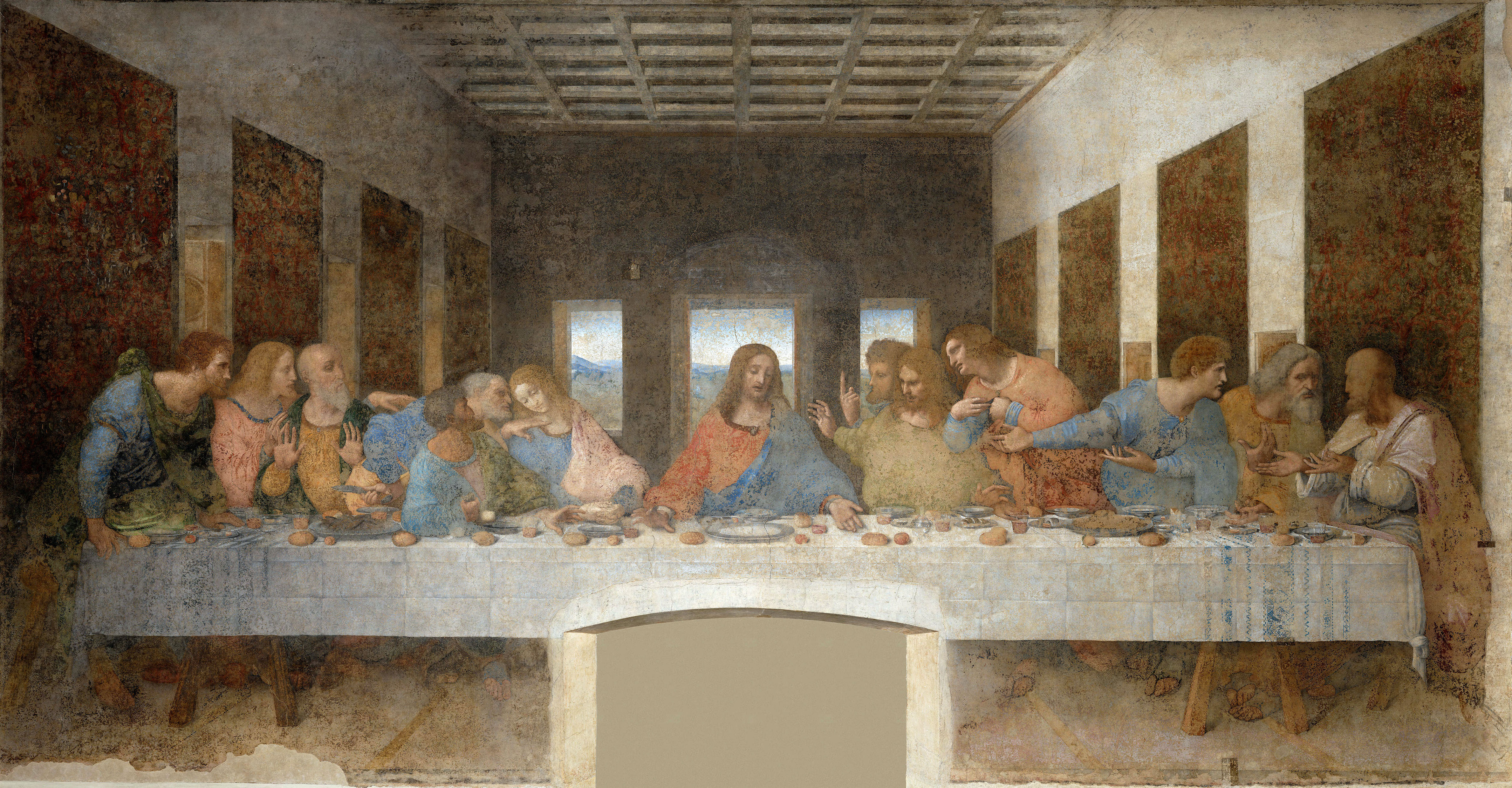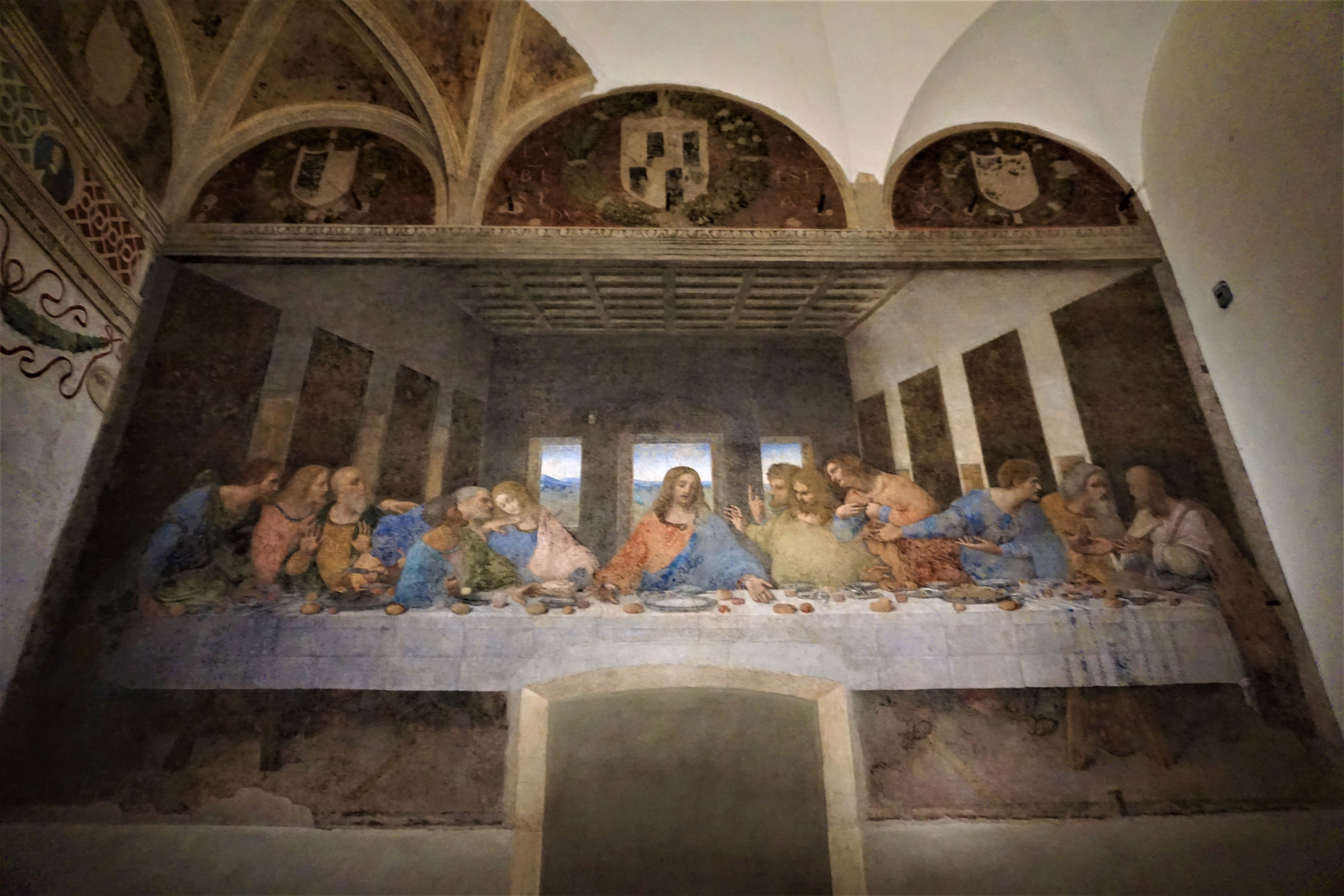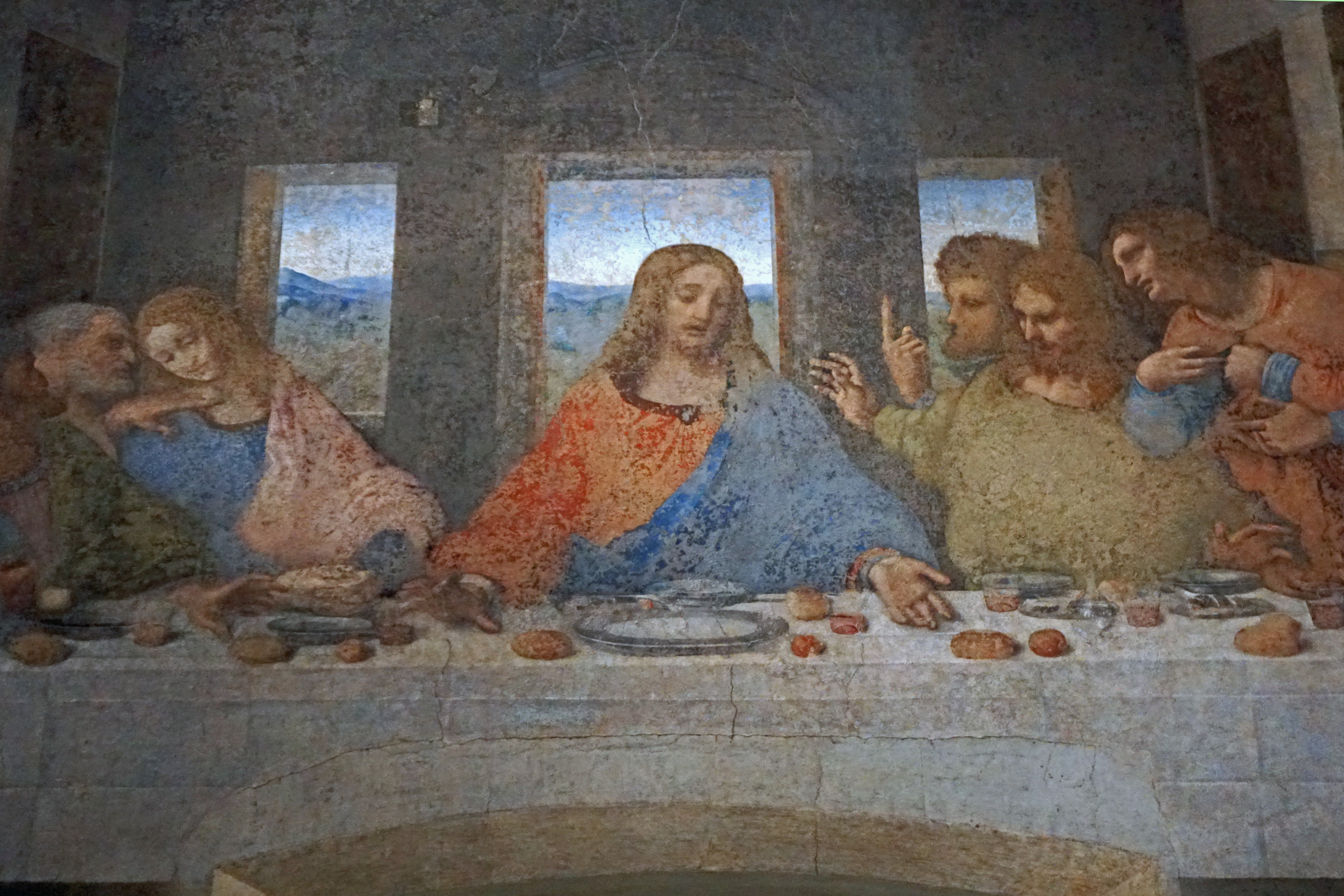Leonardo da Vinci’s The Last Supper , created between 1495 and 1498 within the walls of the Convent of Santa Maria delle Grazie in Milan, is one of the most renowned and analyzed pieces of art In the annals of Western art history, once the paint had set, the magnum opus started to decline. The narrative we inherit now is just as much about creative aspirations as it is about technical preservation efforts.
An Audacious Yet Imperfect Approach
In contrast to conventional fresco painting where pigments were applied directly onto fresh plaster using brushes, Leonardo tried out a drywall technique. He used both tempera and oil paints over a dried layer of plaster to achieve greater precision, shadowing, and modifications. However, this novel technique proved to be rather unreliable and made the artwork particularly susceptible to moisture and various forms of environmental harm.

Early Signs Of Decay
Twenty years after its completion, records showed the painting was already flaking. By the mid-16th century, The Last Supper It had lost much of its initial radiance. The permeable wall soaked up dampness from the nunnery’s kitchen, situated right behind it. This led to mildew and condensation, speeding up decay. By the 1550s, observers started referring to the structure as a "ruin."
Centuries of Maltreatment and Ignorance
Over the centuries, The Last Supper endured multiple humiliations. In 1652, Monks created an entrance by cutting into the middle section at the bottom of the mural. , erasing Christ’s feet! In 1796, Napoleon's soldiers converted the refectory into a stable. and allegedly threw rocks at the artwork. During World War II Allied bombings largely devastated the convent, yet sandbags and scaffolding inexplicably protected the mural from complete ruin.
Unsuccessful Early Restorations
Starting from the 18th century onwards, Various artists tried to "fix" the mural, frequently leading to unfortunate outcomes. These measures involved manually retouching large portions of the artwork, effectively obscuring Leonardo’s initial creation. Gradually, this resulted in a mosaic-like appearance that significantly diverged from the original intricacy and dimensionality of the piece. Every subsequent effort added further deterioration rather than improving visibility.

The Dawn of the Scientific Restoration Period Commences
In the 20th century, a move towards scientifically-based conservation started. Specialists acknowledged that The Last Supper detailed examination was needed prior to initiating additional work. From 1978 to 1999, an exceptionally comprehensive renovation occurred—the most extensive in its history—under the leadership of Pinin Brambilla Barcilon. This undertaking lasted for 21 years. involved microscopic analysis, infrared imaging, and chemical stabilization .
Peeling Back The Layers
Barcilon and her team painstakingly removed centuries of dirt, overpainting, and varnish. They used watercolors to lightly reconstruct areas where Leonardo’s original work was confirmed. No attempt was made to "complete" the missing sections. Instead, the restoration focused on preserving what remained and distinguishing original portions from later additions. This approach allowed viewers to appreciate the work's surviving integrity without fictional enhancement.
Climate Regulation and Conservation Strategies
Since the late 1990s, The Last Supper Has been kept in an area with controlled climate conditions. Entry into the refectory is restricted: only 25 guests are permitted simultaneously for short periods to reduce changes in temperature and moisture levels. Filtration devices ensure consistent air quality, whereas motion detectors watch out for potential structural threats caused by surrounding traffic or earthquakes.

Digital And Photographic Safeguards
Apart from efforts to physically preserve the artwork, detailed high-resolution scans and digital recreations have been produced to capture its present condition. These digital records create an enduring archive, ensuring that should more deterioration happen, documentation of the post-restoration version remains intact. Both researchers and the general audience can now examine this piece within virtual settings, thereby avoiding potential damage to the actual artifact.
Heritage of a Delicate Masterpiece
The story of The Last Supper is as much about human ingenuity as it is about artistic brilliance. Leonardo’s desire to break the constraints of fresco painting led to a revolutionary but short-lived result. But the cultural value of the painting has inspired centuries of effort to preserve it against enormous odds—political, environmental, and technical.
A Discovery Once Lost and Now Found
Today, The Last Supper is a blend: partly original brilliance, partly historical relic, and partly contemporary recreation. Those visiting Milan might not get to witness Leonardo’s Last Supper just as he depicted it, yet they bear witness to an equally potent tale—a narrative of endurance amid the onslaught of centuries.
You May Also Like:
The Restoration of the Sistine Chapel: Michelangelo’s Masterpiece Regains Its Splendor
Powerful Truths About Caterina Sforza, The Lioness of the Renaissance
The Woman Beneath the Smile: The True Story of Mona Lisa
Sources: 1, 2, 3
